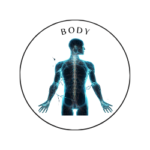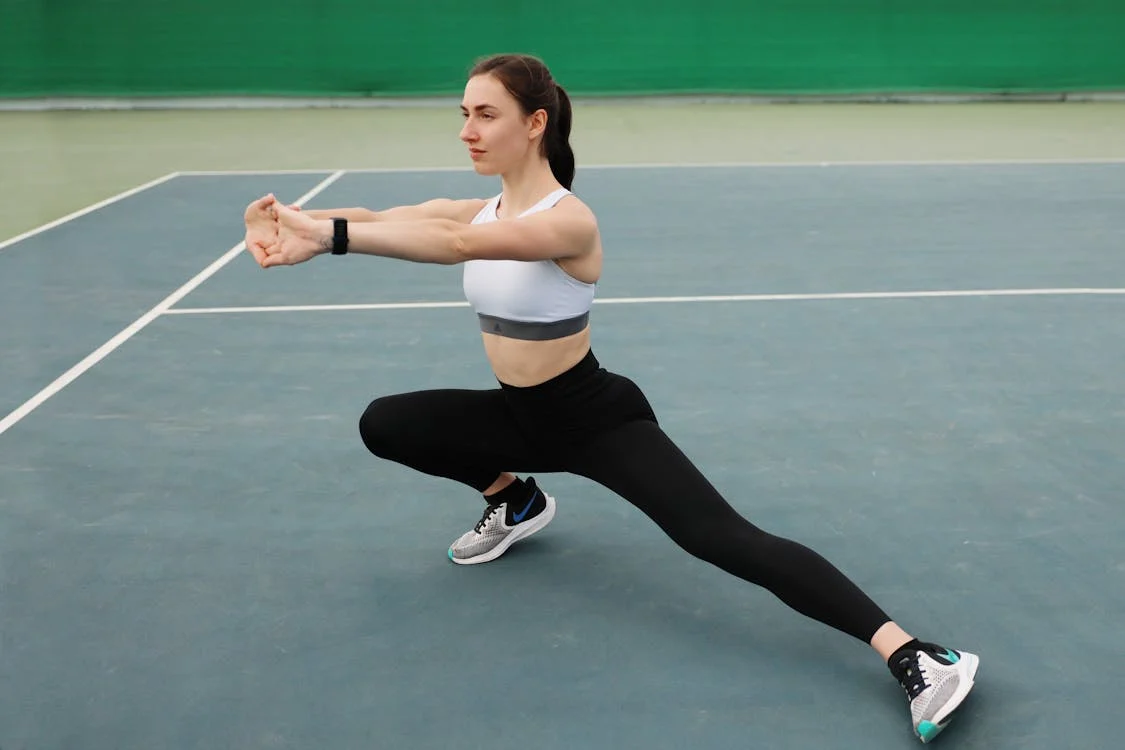 Mind
Mind
- Digital and Modern Well-being
- Mental Health and Emotional Well-being
- Mind-Body Connection and Holistic Health
- Parenting and Family
- Personal Growth and Development
- Relationships and Social Well-being
- Stress and Relaxation
- Therapeutic and Creative Practices
- Trauma and Recovery
- Work, Productivity, and Discipline
 Body
Body
 Fitness
Fitness
 Food
Food
 Beauty
Beauty
Flexibility Training: Stretches Everyone Should Do

Flexibility Training: Stretches Everyone Should Do
Ever feel stiff after sitting for too long? Or struggle to touch your toes? Flexibility is often overlooked, but it’s essential for better posture, reduced injury risk, and overall movement quality. Whether you’re a beginner or an athlete, incorporating stretching into your routine can help you move with ease and feel less tight.
Here’s a guide to the best stretches everyone should do, covering full-body flexibility for all fitness levels.
Why is Flexibility Important?
Flexibility isn’t just about touching your toes—it’s about moving freely and comfortably in daily life.
✔ Reduces muscle stiffness and joint pain
✔ Prevents injuries by improving mobility
✔ Enhances posture and movement efficiency
✔ Aids recovery after workouts
✔ Boosts circulation and reduces stress
💡 Tip: Stretching for just 5–10 minutes a day can improve flexibility over time.
Types of Stretching: Which One is Right for You?
🔹 Static Stretching – Holding a stretch for 15–30 seconds (best after workouts).
🔹 Dynamic Stretching – Moving through a stretch (best before exercise).
🔹 PNF Stretching – Contracting and relaxing a muscle for deeper flexibility (for advanced stretchers).
For daily flexibility, focus on static stretches and gentle dynamic movements.
Full-Body Stretching Routine: Stretches Everyone Should Do
These essential stretches target major muscle groups, improving mobility, posture, and overall flexibility.
1. Standing Hamstring Stretch (Targets: Hamstrings, Lower Back)
✔ How to Do It:
- Stand tall and hinge at the hips, reaching for your toes.
- Keep your knees slightly bent if needed.
- Hold for 20–30 seconds.
💡 Modification: If touching the ground is difficult, place your hands on a chair or block.
2. Hip Flexor Stretch (Lunge Stretch) (Targets: Hips, Quads, Lower Back)
✔ How to Do It:
- Step one foot forward into a deep lunge.
- Keep your back leg extended and push your hips forward.
- Hold for 20–30 seconds per side.
💡 Why it’s important: Sitting for long periods tightens hip flexors—this stretch helps open up the hips.
3. Seated Forward Fold (Targets: Hamstrings, Calves, Lower Back)
✔ How to Do It:
- Sit with legs extended straight.
- Hinge from the hips and reach forward toward your toes.
- Hold for 20–30 seconds.
💡 Tip: Don’t force it—relax into the stretch.
4. Cat-Cow Stretch (Targets: Spine, Shoulders, Core)
✔ How to Do It:
- Get on all fours.
- Inhale, arch your back, lifting your head (Cow).
- Exhale, round your spine, tucking your chin (Cat).
- Repeat for 5–10 reps.
💡 Best for: Spinal flexibility and posture correction.
5. Downward Dog (Targets: Shoulders, Hamstrings, Calves, Back)
✔ How to Do It:
- Start in a push-up position.
- Push your hips up and back, forming an inverted “V” shape.
- Keep heels reaching toward the ground.
- Hold for 20–30 seconds.
💡 Modification: Bend your knees if needed to ease tension.
6. Child’s Pose (Targets: Lower Back, Hips, Shoulders)
✔ How to Do It:
- Sit back on your heels with arms extended forward.
- Relax your forehead to the ground.
- Hold for 30 seconds.
💡 Best for: Easing lower back tension and promoting relaxation.
7. Chest Opener Stretch (Targets: Chest, Shoulders, Upper Back)
✔ How to Do It:
- Stand tall and clasp your hands behind your back.
- Open your chest by pulling your arms slightly backward.
- Hold for 20–30 seconds.
💡 Perfect for: Improving posture and reducing upper-body tightness.
8. Side Stretch (Lateral Stretch) (Targets: Obliques, Shoulders, Back)
✔ How to Do It:
- Stand with feet hip-width apart.
- Reach one arm overhead and lean to the opposite side.
- Hold for 20 seconds per side.
💡 Why it’s great: Improves side-body flexibility and core mobility.
9. Butterfly Stretch (Targets: Inner Thighs, Hips, Groin)
✔ How to Do It:
- Sit with soles of your feet together.
- Press your knees toward the ground.
- Hold for 20–30 seconds.
💡 Best for: Releasing tight hips and groin muscles.
10. Spinal Twist Stretch (Targets: Spine, Hips, Back)
✔ How to Do It:
- Sit cross-legged or with one leg extended.
- Twist your torso toward the bent knee, placing your opposite elbow outside of it.
- Hold for 20 seconds per side.
💡 Great for: Improving spinal mobility and relieving back tension.
How Often Should You Stretch?
✅ For daily flexibility: Stretch 5–10 minutes a day.
✅ For workout recovery: Stretch after every workout.
✅ For injury prevention: Stretch before and after workouts.
💡 Tip: Pair stretching with deep breathing for maximum relaxation.
Common Stretching Mistakes to Avoid
🚫 Bouncing while stretching – Can cause injury; hold steady.
🚫 Forcing flexibility – Progress happens gradually.
🚫 Holding your breath – Breathe deeply to relax muscles.
🚫 Skipping stretching altogether – Just 5 minutes a day makes a difference.
Final Thoughts: Make Stretching a Daily Habit
Flexibility training isn’t just for athletes—it’s for everyone. Whether you’re working at a desk all day, lifting weights, or simply want to move better, stretching is essential for a healthy body.
So why not start today? Pick 3–5 of these stretches and add them to your daily routine. Your body will thank you!
